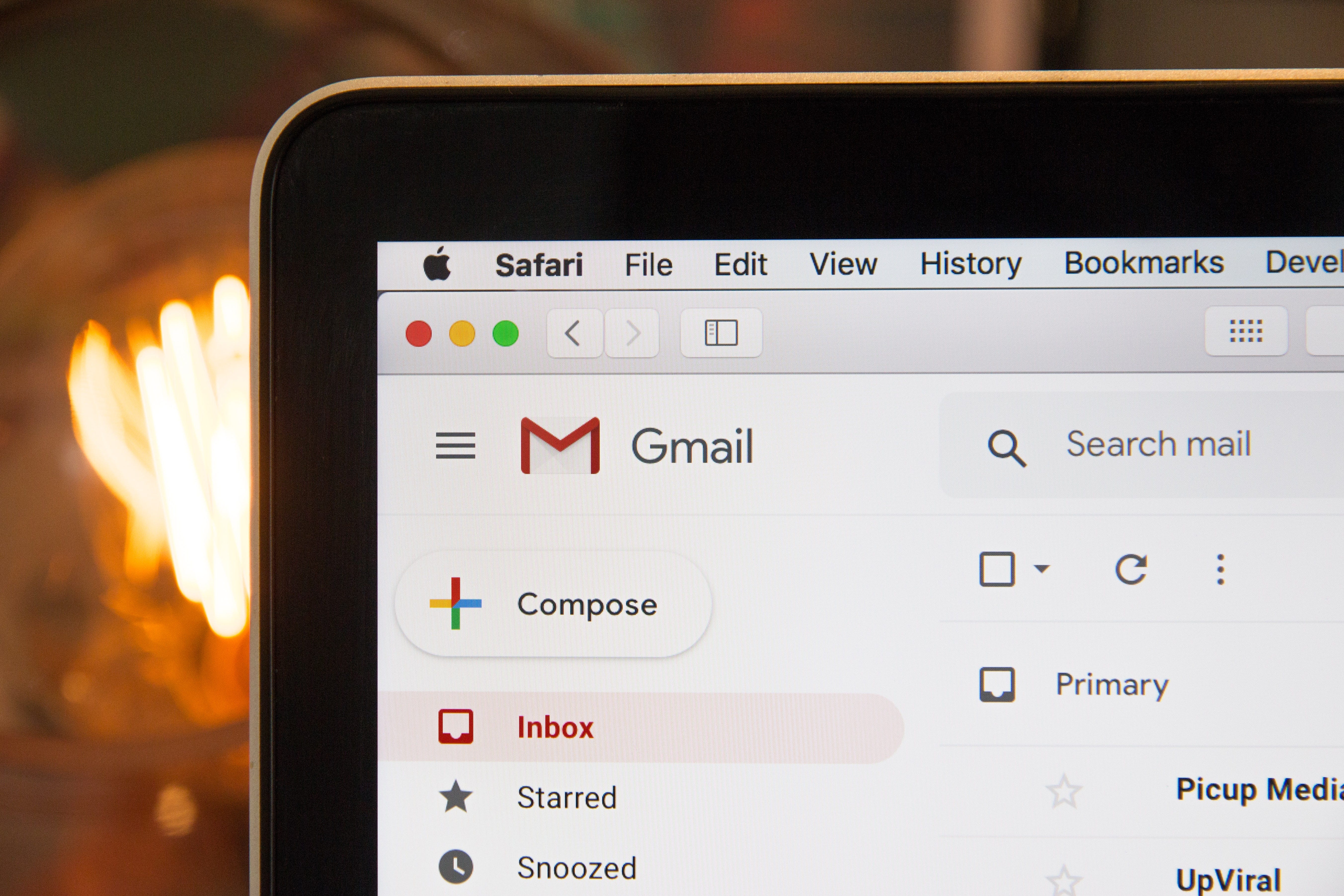vue路由匹配實現包容性
In Covid world, a lot of older users are getting online for the first time or using technology more than they previously had. For some, help may be needed.
在Covid世界中,許多年長用戶首次上網或使用的技術比以前更多。 對于某些人,可能需要幫助。
教人們如何釣魚 (Teaching people how to fish)
I’ve read many stories of people teaching relatives how to use tech to stay connected during this time. It’s great that everyone is helping and caring for every generation.
我讀過許多有關教親戚如何在這段時間使用技術保持聯系的故事。 每個人都為每一代人提供幫助和關心,真是太好了。
In fact my neighbours have created a guide for teaching older relatives how to use Facebook and stay connected which is a genius piece of UX thinking, created by non UXers. The ultimate desire path.
實際上,我的鄰居們已經創建了一個指南,用于指導年長的親戚如何使用Facebook和保持聯系,這是非UX用戶創造的UX思維的天才。 最終的欲望之路 。
But shouldn’t it be the aim of all products that the user can start using them without human guidance and in-person facilitation?
但是,不是所有產品的目的都是用戶無需人工指導和親自協助就可以開始使用它們嗎?
So why does this not apply to older users?
那么,為什么這不適用于老用戶呢?

這不是新事物 (This is not a new thing)
In some countries, over 65’s are the fastest growing demographic, and these are wealthy countries and people with internet access.
在某些國家/地區中,超過65歲的人口是增長最快的人口,這些國家是富裕國家和擁有互聯網訪問權限的人 。
However there’s a difference between having internet access, knowing some internet terminology and being technically proficient enough to, for example, make Zoom work for the first time without someone walking you through it.
但是,擁有Internet訪問權限,了解一些Internet術語和足夠熟練的技術(例如,使Zoom在沒有人陪伴的情況下首次工作)之間是有區別的。
Example: My mother-in-law has limited mobility, lives alone, but has a laptop and an iPhone and is all over Facebook every day. But now that she has to connect to all her friends via digital channels (not just us long distance) new challenges arise.
示例:我的岳母行動不便,獨居,但有筆記本電腦和iPhone,每天都在Facebook上逛逛。 但是現在她必須通過數字渠道(不僅僅是我們的長途電話)與所有朋友聯系,新的挑戰出現了。
It took a few goes to guide her through her first Zoom chat (using WhatsApp) and few goes on Facetime to get her using WhatsApp. And a few emails to get her using Facetime. What would an older person do without human-based internet tech support?
花了一些時間來指導她完成她的第一次Zoom聊天(使用WhatsApp),并花了很少的時間在Facetime上使她使用WhatsApp。 還有幾封電子郵件讓她使用Facetime。 如果沒有基于人類的互聯網技術支持,老年人會做什么?

所以有什么問題? (So what’s the problem?)
There is a learning curve with any new product or technology. And it’s steeper and harder if you don’t have an existing mental model to build on.
任何新產品或新技術都有一個學習曲線。 如果您沒有現有的心理模型可以建立,這將變得越來越困難。
Products and services are being developed for older users all the time, but across the digital channels and platforms that sell and provide access to them we’re failing to get the basics right in order to make these services accessible.
產品和服務一直在為年齡較大的用戶開發,但是在銷售和提供給他們的數字渠道和平臺上,我們未能使這些服務可訪問性 的基礎知識正確 。
學習不一致的平臺 (Learning an inconsistent platform)
Basic UX best practice says that digital products should be consistent in terms of visual design, interaction patterns etc. Commandment #4. And yet so much of digital design work is making things more “wow” — unique, different, inventing shiny new ways of doing UI so that you have something to put on Dribbbbbbbble.
基本的UX最佳實踐表明,數字產品在視覺設計,交互模式等方面應保持一致。 指令4 。 然而,大量的數字設計工作正在使事情變得更“哇”-獨特,不同,發明了閃亮的UI新方法,以便您可以在Dribbbbbbbble上放點東西。
Stop it.
停下來。
Instead, try making stuff look like and behave like things should look and behave on the internet so that the users have a chance of working out how to use it.
取而代之的是,嘗試使事物看起來和行為像互聯網上的事物看起來和行為一樣,以便用戶有機會研究如何使用它。
If new patterns emerge then great, but test them with ALL types of users to ensure that they work for all. And no, neumorphism is not accessible to all. Case in point. Just because you can, doesn’t mean you should.
如果出現了新的模式,那就太好了,但是請對所有類型的用戶進行測試,以確保它們適用于所有人。 而且, 并非所有人都無法獲得神經變態 。 舉個例子。 僅僅因為您可以,并不意味著您應該。
學習信任的東西 (Learning what to trust)
There are things that we know are bad on the internet, that annoy us but that we know how to manage. We can use pop-up and ad blockers, make choices about cookies, we mostly know the difference between safe and dodgy looking apps. Some can also see the manipulative sales text and behavioural nudges that litter sites like hotels.com. Not all users do.
我們知道有些事情在互聯網上是不好的,使我們煩惱,但我們知道如何管理。 我們可以使用彈出式窗口攔截器和廣告攔截器,對Cookie進行選擇,我們大多數都知道安全和躲貓貓應用程序之間的區別。 一些人還可以看到操縱性的銷售文字和行為輕描淡寫,像垃圾旅館這樣的網站。 并非所有用戶都這樣做。

嘗試瀏覽愚蠢的小字體和按鈕 (Trying to navigate your stupidly small fonts and buttons)
I really, really hate font sizes and buttons that are too small. It’s not just Fitts Law applied to all humans, it’s tiny stuff, especially on mobile phones, being used by anyone over 44.
我真的非常討厭字體大小和按鈕太小。 不僅Fitts Law適用于所有人類,而且還很小,尤其是在手機上,供44歲以上的任何人使用。
I hate seeing people struggling because some excited young designer drew what they wanted and ignored all UX best practice and accessibility guidelines. If they even knew they existed in the first place.
我討厭看到人們苦苦掙扎,因為一些激動的年輕設計師畫了他們想要的東西,卻忽略了所有UX最佳實踐和可訪問性準則。 如果他們甚至知道他們首先存在。
And don’t get me started on colour contrasts.
而且不要讓我開始進行顏色對比 。
了解事物的含義 (Understanding what things mean)
UX writing is super important for tools and services used by older users. Yes it’s important all the time, but here more than ever.
UX編寫對于老用戶使用的工具和服務非常重要。 是的,這一直很重要,但比以往任何時候都重要。
Cookies? Captchas? Hashtags? Malware? It’s only 10 years since the general population of New York didn’t know what a web browser is.
餅干? 驗證碼? 標簽? 惡意軟件? 自紐約大眾不知道什么是網絡瀏覽器以來只有10年了。
Sure there are super-literate, digitally savvy customers who happen to be over 65, but it’s not the majority. Write clearly. And user test.
當然,有一些識字能力強,精通數字技術的客戶剛好超過65歲,但這并不是大多數。 寫清楚。 和用戶測試。

為什么在設計更多東西時就不會考慮老用戶? (Why aren’t more things designed with older users in mind?)
There are many reasons why the internet, and digital and mobile products aren’t designed for older users.
互聯網,數字和移動產品不適合年齡較大的用戶的原因很多。
Understanding principles of accessible design requires effort.
了解可訪問設計的原則需要付出努力 。
Applying accessibility standards to digital design generates design challenges which some people don’t want to face. Some might say accessibility makes website design boring. Some clients might insist on shiny things that use their inaccessible brand colour palette. Some might say it’s a design challenge, pull your finger out.
將無障礙標準應用于數字設計會帶來一些人們不想面對的設計挑戰 。 有人可能說可訪問性使網站設計變得無聊。 一些客戶可能會堅持使用無法訪問的品牌調色板進行閃亮處理。 有人可能會說這是一個設計挑戰,請拔出手指。
You don’t have to do it. Unless you are working on a government or public sector tool, or your product is specifically targeting older users, it is less likely that someone will make you change your approach.
您不必這樣做。 除非您使用的是政府或公共部門的工具,或者您的產品專門針對年長的用戶,否則不太可能有人會讓您改變您的方法。
It’s not sexy. Again, the stuff on Dribbbbbble doesn’t look like the gov.uk website. However, it is the place to go if you want to (not) see white text on a pastel background.
不性感 同樣,Dribbbbbble上的內容看起來不像gov.uk網站。 但是,如果您希望(不要)在柔和的背景上看到白色文本,則可以使用它。
Most designers are not over 65 and so ironically for people working in UX, lack empathy.
大多數設計師的年齡不超過65歲 ,因此對于UX工作的人來說,缺乏同情心是很諷刺的。
Most designers won’t really fight for the users. I have lost count over the number of times I’ve lost my sh*t over lazy colour contrasts. I don’t get it right all the time, but I’ll try to understand what users need, insist on accessible design standards and argue with clients until I’m blue in the face, then let the law deal with them.
大多數設計師不會真正為用戶而戰。 我已經失去了因懶惰的色彩對比而迷失的次數。 我并不是一直都做對 ,但我會盡力了解用戶的需求,堅持可訪問的設計標準,并與客戶爭辯,直到我滿臉沮喪,然后讓法律對他們進行處理 。

我們不能再這樣做了 (We can’t do this anymore)
Honestly, if the internet suddenly decided to discriminate against other groups and, for example, removed the ability to access or perceive endless streams of 3 second selfie videos, someone would soon fix it.
老實說,如果互聯網突然決定歧視其他群體,例如,取消了訪問或感知無止盡的3秒自拍視頻流的功能,那么有人很快就會對其進行修復。
You can make your designs and experiences work not only for older users but all users by simply following UX best practice and WCAG 2.0 and 2.1 guidelines. It’s science, but it’s not rocket science.
您只需遵循UX最佳實踐以及WCAG 2.0和2.1準則,就可以使您的設計和體驗不僅對年長的用戶有效,而且對所有用戶有效。 這是科學,但不是火箭科學。
You can provide links on your website or tool to online resources that specifically help and support older users in getting online.
您可以在您的網站或工具上提供指向在線資源的鏈接,這些鏈接專門幫助和支持年長的用戶上線。
You can also follow some basic principles in your every day work and stand up to the forces of laziness and stupidity.
您還可以在日常工作中遵循一些基本原則,并忍受懶惰和愚蠢的力量。
What would we do, if we really cared….
如果我們真的很在意我們該怎么辦……。

Covid時代的包容性設計宣言: (A manifesto for inclusive design in the age of Covid:)
- I will design all websites and digital products to be (at least) AA accessible as standard 我會將所有網站和數字產品設計為(至少)AA標準訪問方式
I will only allow my designs to be inaccessible if the client takes on the legal and moral responsibility for their failure in writing
如果客戶對書面設計的失敗承擔法律和道德責任,我將僅允許我的設計不可訪問
- I will conduct user testing with users of all ages 我將與所有年齡段的用戶進行用戶測試
- I will do everything in my power to make the client and the rest of the product team watch this user testing 我將盡一切努力使客戶和產品團隊的其他成員觀看此用戶測試
- I will design product onboarding as if my grandmother is using it for the first time and I’m not there to help. 我將設計產品入職時的感覺,就像我的祖母第一次使用它,而我并沒有幫助。
(add more in the comments if you have ‘em)
(如果有,請在評論中添加更多內容)
Let’s stop being *ssholes and make “digital self-service” a reality for all users.
讓我們不要再煩人了,讓“數字自助服務”成為所有用戶的現實。
翻譯自: https://uxplanet.org/inclusive-design-digital-equality-for-older-users-89ea0f33cfc0
vue路由匹配實現包容性
本文來自互聯網用戶投稿,該文觀點僅代表作者本人,不代表本站立場。本站僅提供信息存儲空間服務,不擁有所有權,不承擔相關法律責任。 如若轉載,請注明出處:http://www.pswp.cn/news/274398.shtml 繁體地址,請注明出處:http://hk.pswp.cn/news/274398.shtml 英文地址,請注明出處:http://en.pswp.cn/news/274398.shtml
如若內容造成侵權/違法違規/事實不符,請聯系多彩編程網進行投訴反饋email:809451989@qq.com,一經查實,立即刪除!)







)







![[ckeditor系列]ckeditor 自己寫的一個簡單的image上傳js 運用iframe的ajax上傳](http://pic.xiahunao.cn/[ckeditor系列]ckeditor 自己寫的一個簡單的image上傳js 運用iframe的ajax上傳)


